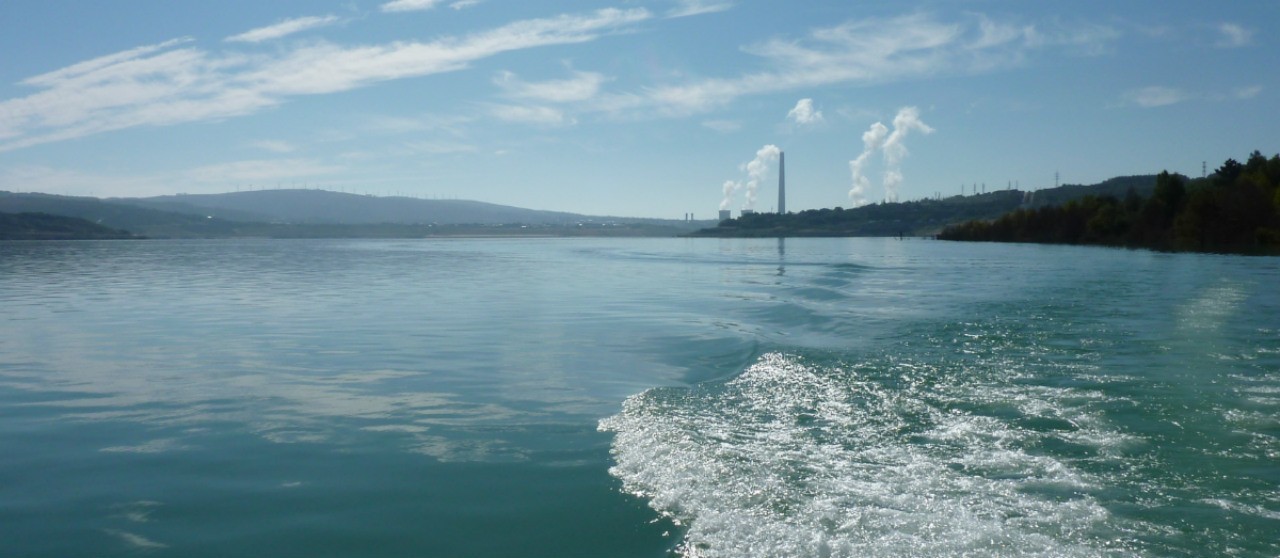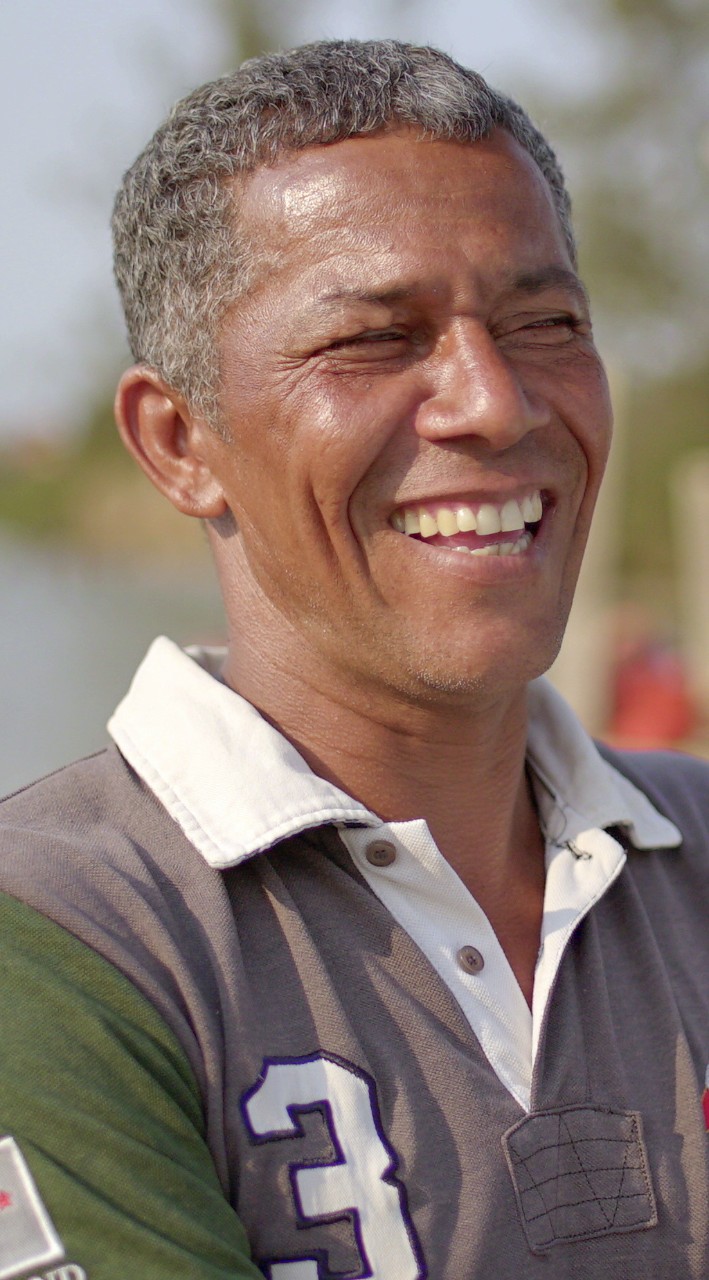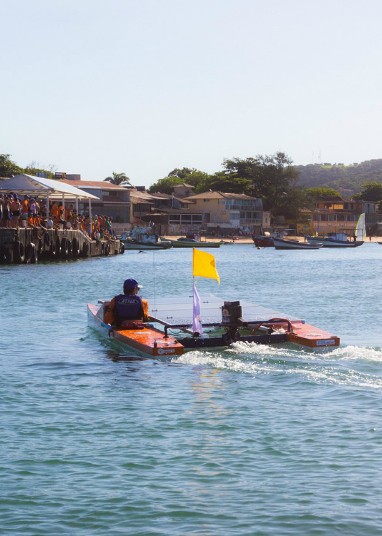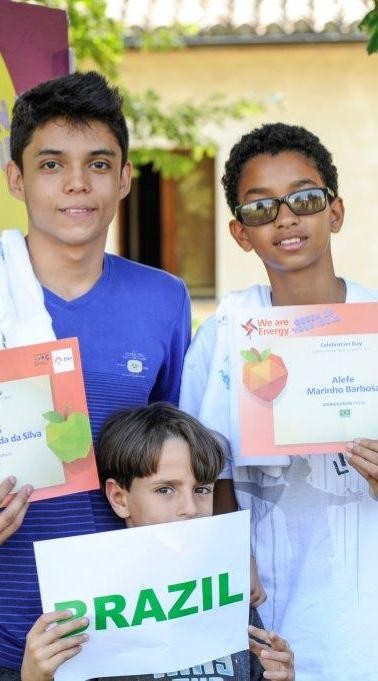“Enel has integrated the sustainable development goals of the UN 2030 Agenda. In addition to specific objectives for four of the seventeen SDGs, dedicated to education, sustainable access to energy, socio-economic development and action against climate change, we are engaged in protecting water resources as an opportunity to combine process sustainability and process efficiency”
Energy and water, a circular dialogue
As in most industrial activities, generating electricity requires the use of large amounts of water: to generate steam, to cool the turbines and to produce hydroelectric power. At Enel, the efficient use of water resources, the preservation of water quality, the treatment of wastewater, and the control of leaks are crucial issues in the management of our thermal, hydroelectric or renewable energy plants.
Today, the preservation and optimal management of water are major challenges for businesses focused on sustainability, as the water issue affects not only the availability of water for direct use: it affects biodiversity and therefore natural capital and ecosystem services that aquatic environments provide to communities and it involves agriculture and fishery as well. It has a fundamental impact, whether direct or indirect, on the planet and its inhabitants.
Enel has a strong impact on water. Suffice it to think that every year our hydroelectric plants generate about 60 TWh and that they use approximately 18.9 billion m3 of water for cooling (provisional data for 2016).
Fully aware of this potential impact, our company monitors its performance, sets challenging goals and implements innovative initiatives to increasingly improve its contribution to this challenge.
In 2015, specific water consumption at group level was 0.6 l/kWh and this has enabled us to reach—five years ahead of schedule—the target set in recent years to reduce it by 10% by 2020 compared to 2010 levels. So, we have decided to raise the bar further, setting a new ambitious goal for 2020: reducing specific water consumption by 30% compared to 2010.
As much as 99% of the water used in the open cycles to cool our plants is drawnand then returned to the original waterbody with unaltered chemical characteristics and minimal temperature differences. In 2015, we increased the use of wastewater from production processes while constantly monitoring the plants located in areas at risk of water scarcity. The mapping of these sites is carried out using the Global Water Tool of the World Business Council for Sustainable Development and is periodically updated.
Today, Enel is continuing its effort to reduce water consumption and increase wastewater reuse at its plants, by adopting best practices such as: performance measurement, implementation of policies and specific targets and ongoing research for innovative solutions.
Nanotechnologies to save water
Enel’s Global Thermal Generation innovation area is coordinating the European project MATCHING (Materials & Technologies for Performance Improvement of Cooling Systems in Power Plants), funded within the framework of the Horizon 2020 programme. The objective of the consortium which brings together 16 partners including utilities (among which Enel Green Power, our renewable division), research bodies and vendors is to develop new technologies to reduce water use for cooling in thermoelectric production and optimize its use in geothermal energy.
Launched a year ago, the project has focused so far on laboratory tests, achieving promising results. Some partners have developed technologies for wastewater treatment and reuse, others have experimented the use of nanomaterials to improve thermal exchange and therefore reduce water consumption during the production process. “The goal is to find economically competitive solutions in both cases, by applying them in a synergic manner wherever possible,” explains Danila Cumbo, member of the Global Generation-Innovation team at Enel and project coordinator.
The next step now is experimentation at seven large plants in Europe, including the As Pontes thermal power plant in Spain and the Brindisi thermal power plant and the geothermal power plant in Nuova San Martino, in the Lago district, in Italy. Here, Enel Green Power will install a full-scale hybrid tower which will allow us to carry out a part of the air cooling by convection without consuming water. The objective is to reduce the evaporation of the condensate of the geothermal fluid by up to 15% through the use of advanced materials and nanotechnologies, thus preserving water and increasing the amount of condensed steam that is sent to the tank for reinjection.
As regards water recovery, at geothermal plants in Italy, EGP has already been using for some years now closed-loop treatment to separate bentonite, the fluid used for drilling which is also called slurry, from the water. This process allows both the reduction of water consumption and of solid waste sent to the landfill and the recovery of reusable water to prepare new slurry for the dilution of circulating slurry and the washing of equipment.
As regards thermoelectric plants, moreover, an innovative process called Zero Liquid Discharge has been implemented at some power plants to achieve maximum efficiency in water use. With this process, all the wastewater is reused in the production cycle thus eliminating 100% of discharge and reducing consumption.
In Chile, the Renewables division has been engaged in a pilot project to transform fog into water and use it to clean the solar panels installed at the Chanares plant located in a zone of the Atacama Desert near the coast. This idea was inspired by the ingenuity of the inhabitants of local communities who hang nets to catch the drops of water vapour in fog and use the drinking water collected to make beer, thus avoiding any waste of the area’s scarce water resources.
Water and biodiversity, from the river Po to the Amazon
Protecting “blue gold” also means safeguarding aquatic environments. This is another line of action that Enel has followed in many projects around the world and in all areas of our business. On the River Danube, in Romania, Enel Distributie Dobrogea is a strategic Associated Partner in the project DANUBE parks CONNECTED, a campaign to counter the fragmentation of aquatic habitats.
The project consists in cataloguing and monitoring overhead power lines present in the Danube Delta Biosphere Reserve for possible further optimization.
Finally, our company manages over 27 GW of hydroelectric power capacity at global level, including both large and small plants. The water is used directly to produce electricity and the protection of aquatic environments is an integrated priority in this business area: 41% of the biodiversity projects of our Group are linked to hydroelectric power generation. These include the construction of fish ladders, like the one recently inaugurated in Italy at the Isola Serafini plant on the River Po and connected to the Conflupo project.
The integration of sustainability in water use for power generation is pursued through biodiversity or sustainable management projects involving existing assets as well as through an approach that takes into account the protection of resources from the design phase. True to this spirit, last August, our subsidiary in Chile decided to suspend the construction of five hydroelectric projects for a total of 821 MW because they were deemed to be no longer sustainable from a social, environmental and economic perspective.
The projects did not meet the high sustainability standards that the Enel Group has set for itself. Besides the technical and economic aspects, the social and environmental impacts that the projects would have on the local people and places were also assessed.
“The commitment to preserve natural resources and working for a sustainable and circular economy means being farsighted and able to rethink even choices made in the past, in a process of continuous improvement”





